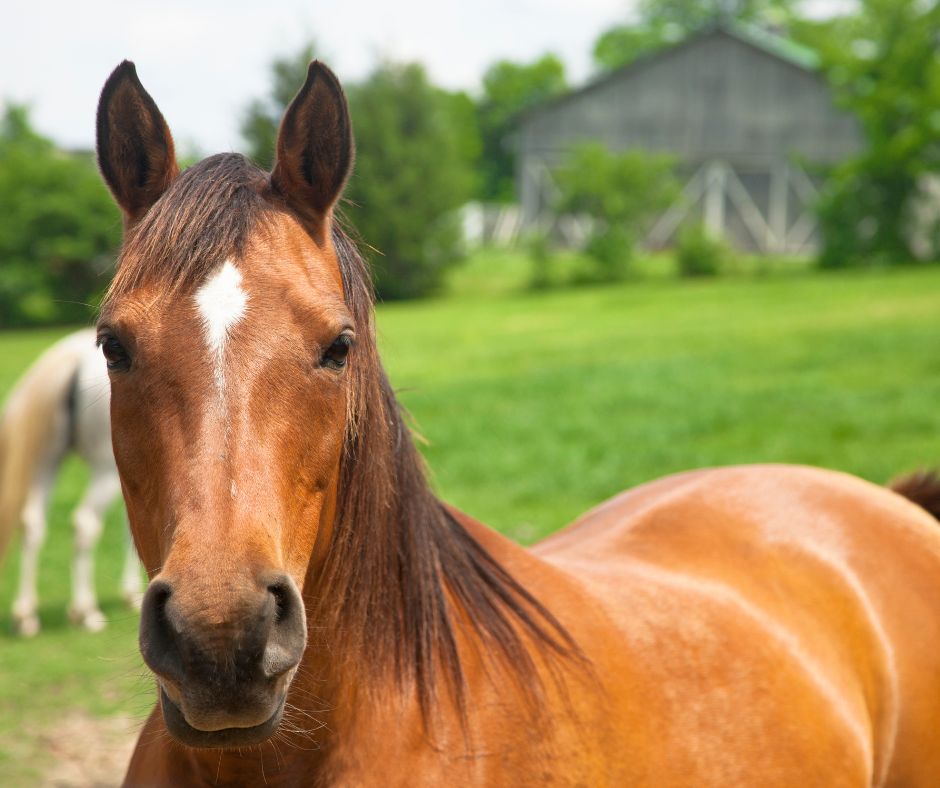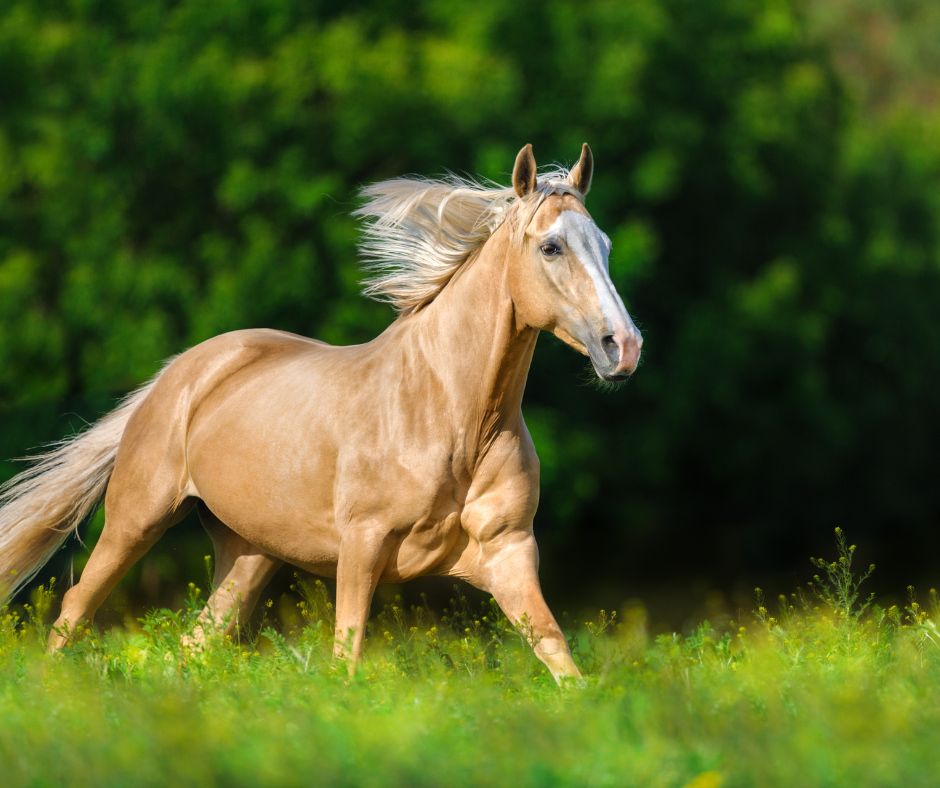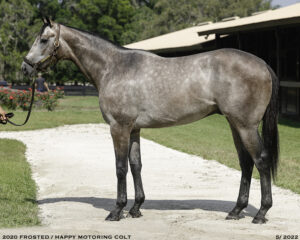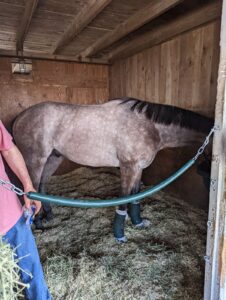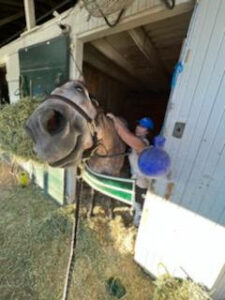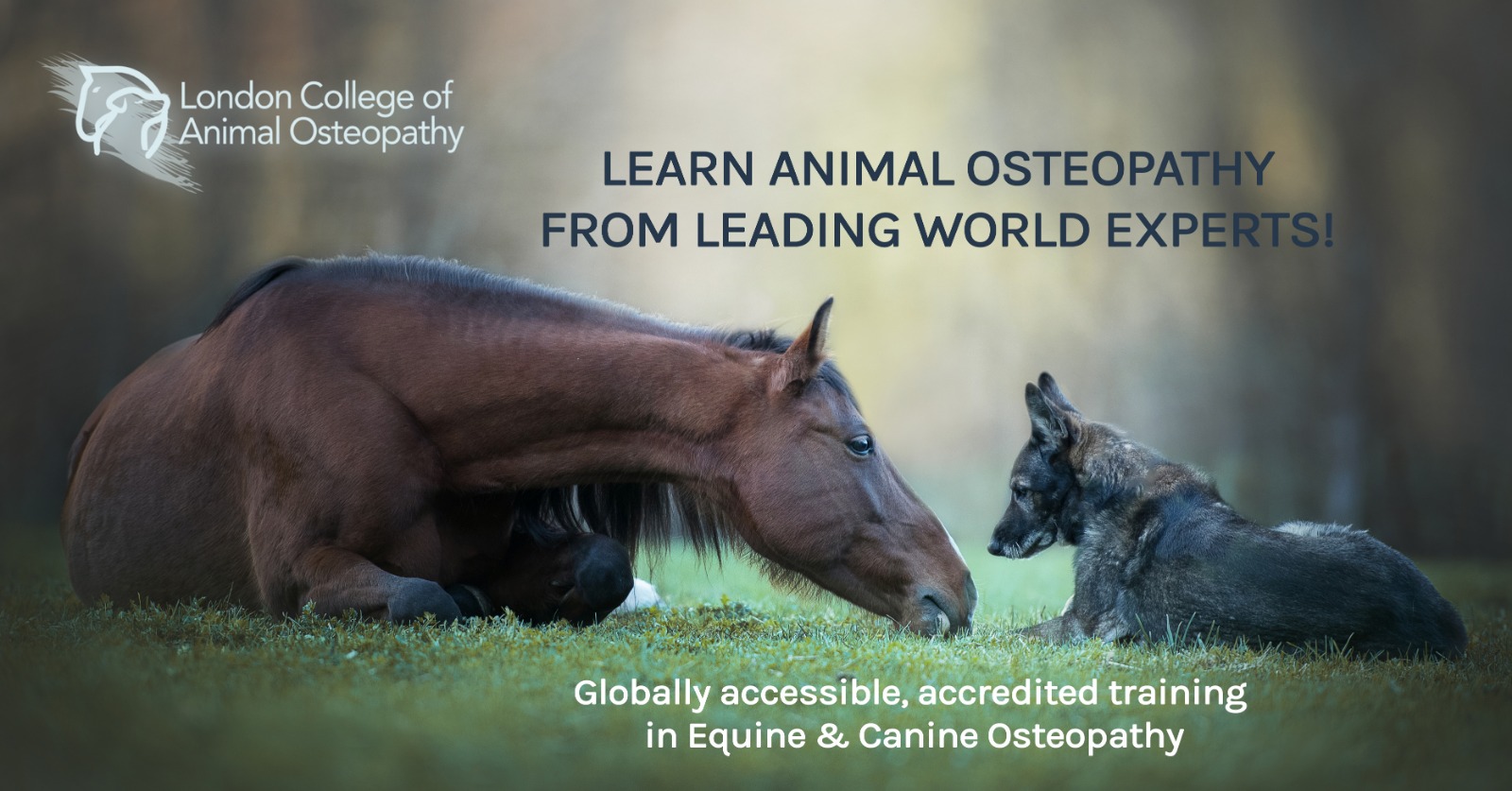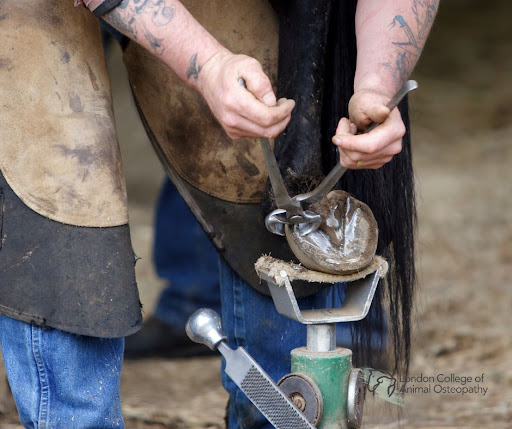Feeding Oil To Horses – What Is Best?
Feeding Oil To Horses – What Is Best?
By Siun Griffin, Equine Physiotherapist and LCAO Community Manager
Dressing your horse’s feed with oil is a popular and long-practiced part of equine management. However, there is a lot of misinformation about what oils you should provide your horse.
When choosing an oil to give your horse one of the main things to consider is the omega balance. You want to use an oil that is high in omega-3 and avoid those high in omega-6.
This means that the ever-popular option of vegetable oil should not be used. Vegetable oil is high in omega-6, which is inflammatory. It is also highly processed. While it was once the go-to oil used to provide horses with extra calories due to its high fat, low cost, and ease of obtaining, it really has no place in our feed rooms today.
Today, it is easy to source good quality oils with high omega-3 content from your local feed shop.
Benefits of feeding the right oil to your horse
Feeding oil to horses can be beneficial in several ways, including improving coat condition, providing a source of energy, and promoting overall health. Linseed oil is often considered the best oil to feed horses due to its high levels of omega-3 fatty acids.

On another note, you can provide this type of quality fat to your horse’s diet with ground flax/linseed if you prefer not to use an oil.
Omega-3 fatty acids are essential fatty acids that play a critical role in maintaining the horse’s health, particularly in regard to their immune system and joint health. Linseed oil is one of the best dietary sources of omega-3 fatty acids, and it also contains high levels of other beneficial fatty acids such as linolenic acid.
In addition to its nutritional benefits, linseed oil has been shown to have positive effects on coat condition, promoting a healthy shine and reducing dryness and flakiness. It also has anti-inflammatory properties, which may help to reduce the risk of certain inflammatory conditions in horses.
Feeding oil to horses can also be an excellent source of energy, particularly for horses that need to maintain their weight or need additional calories for high levels of performance. Oil is a highly digestible source of energy, and it can be beneficial for horses that have difficulty consuming large amounts of forage or concentrate feeds.
It’s important to note that when feeding oil to horses, it’s crucial to introduce it slowly and gradually increase the amount over time to avoid digestive upset. The recommended amount of oil to feed to horses will depend on their individual needs, but generally, it’s suggested to feed between 1/4 to 1/2 cup of oil per day.
Another good option is cod liver oil as it too has a good omega profile. However, it is more expensive than linseed oil and does not come from a plant source, which some may not like to give their horses.
Why you should avoid vegetable oil in your horse’s diet
Vegetable oils, such as soybean oil and corn oil, tend to have high levels of omega-6 fatty acids compared to omega-3 fatty acids. Omega-6 fatty acids are an essential nutrient that horses require in their diet, but excessive amounts of omega-6s relative to omega-3s can lead to an imbalance in their fatty acid intake.
An imbalance in the omega-6 to omega-3 ratio can cause inflammation in horses, which can contribute to a variety of health problems, including joint pain and stiffness, skin issues, and allergies.
It is important to note that individual horses may have different dietary needs and requirements based on factors such as age, breed, activity level, and overall health status. It is always best to consult with a qualified veterinarian or equine nutritionist to ensure that your horse’s dietary needs are being met appropriately.
For more information on how you can become an Equine Osteopath, click here

